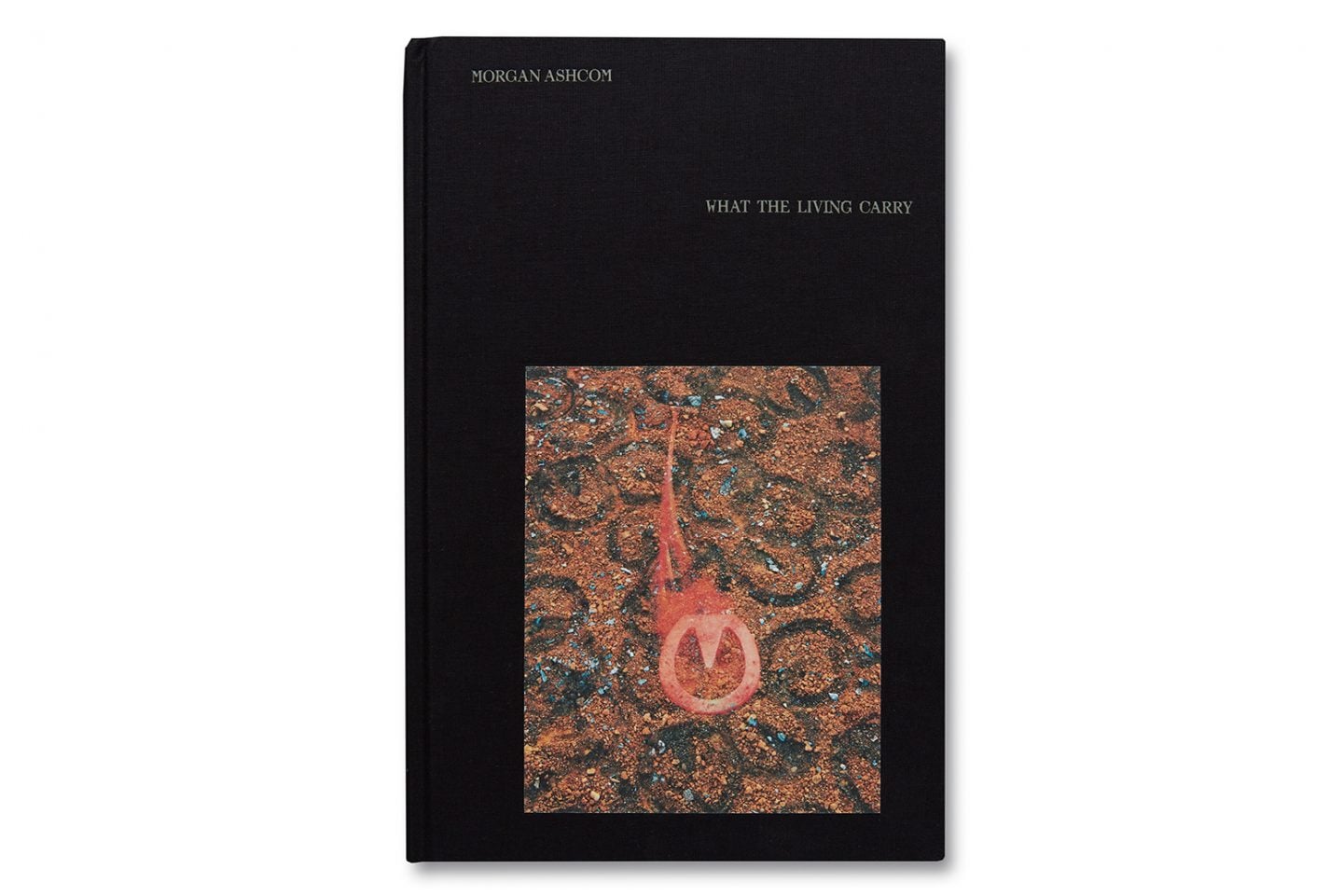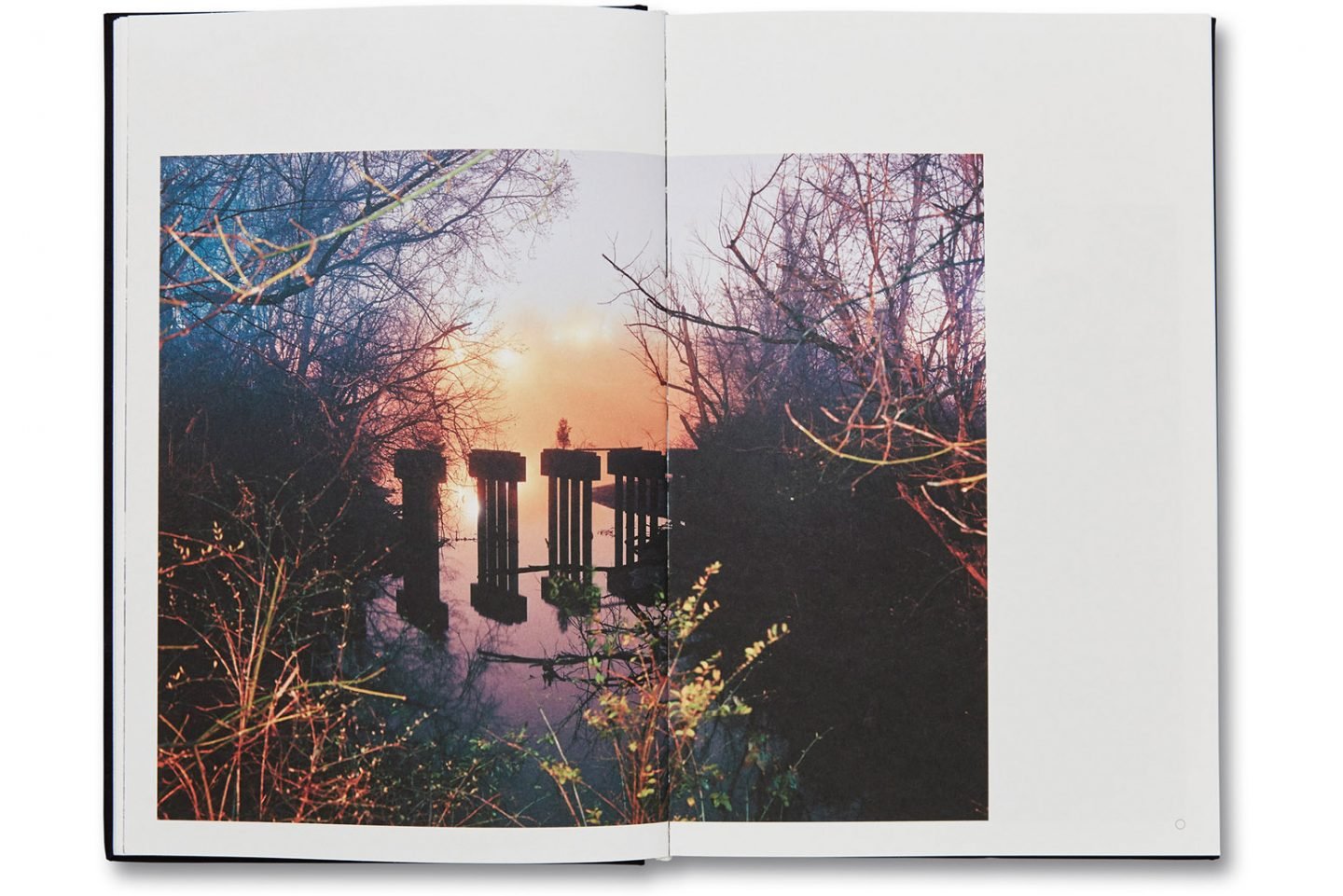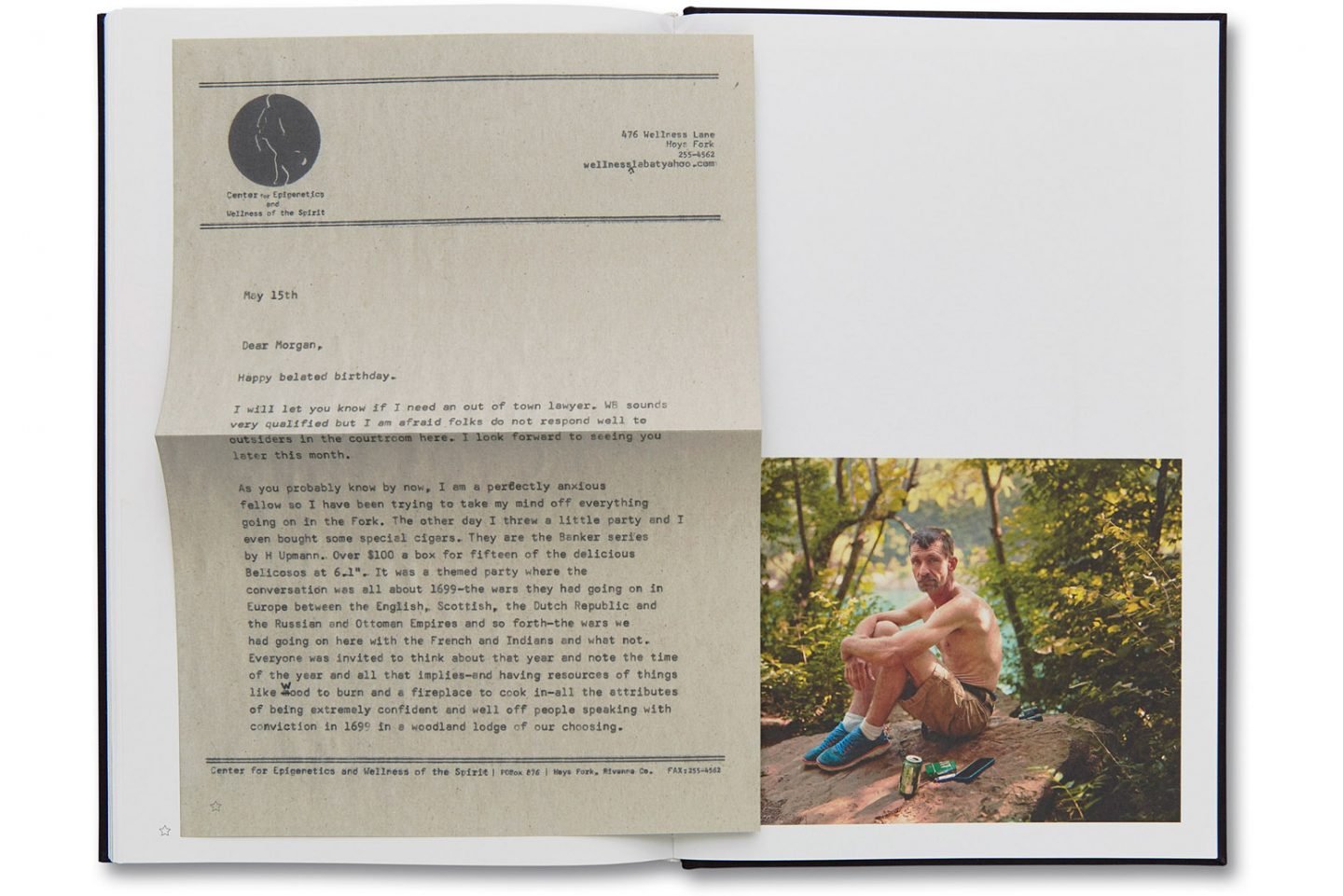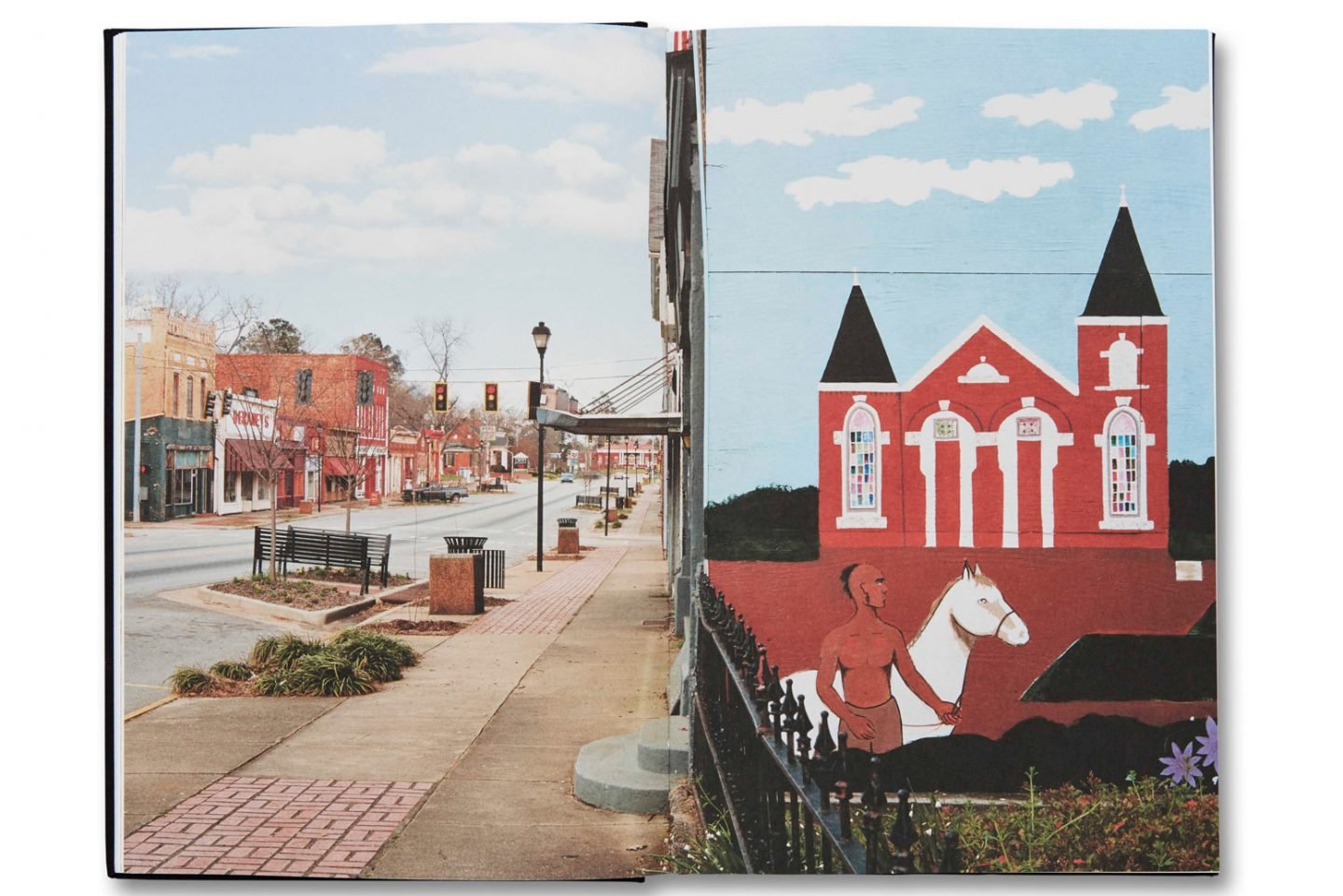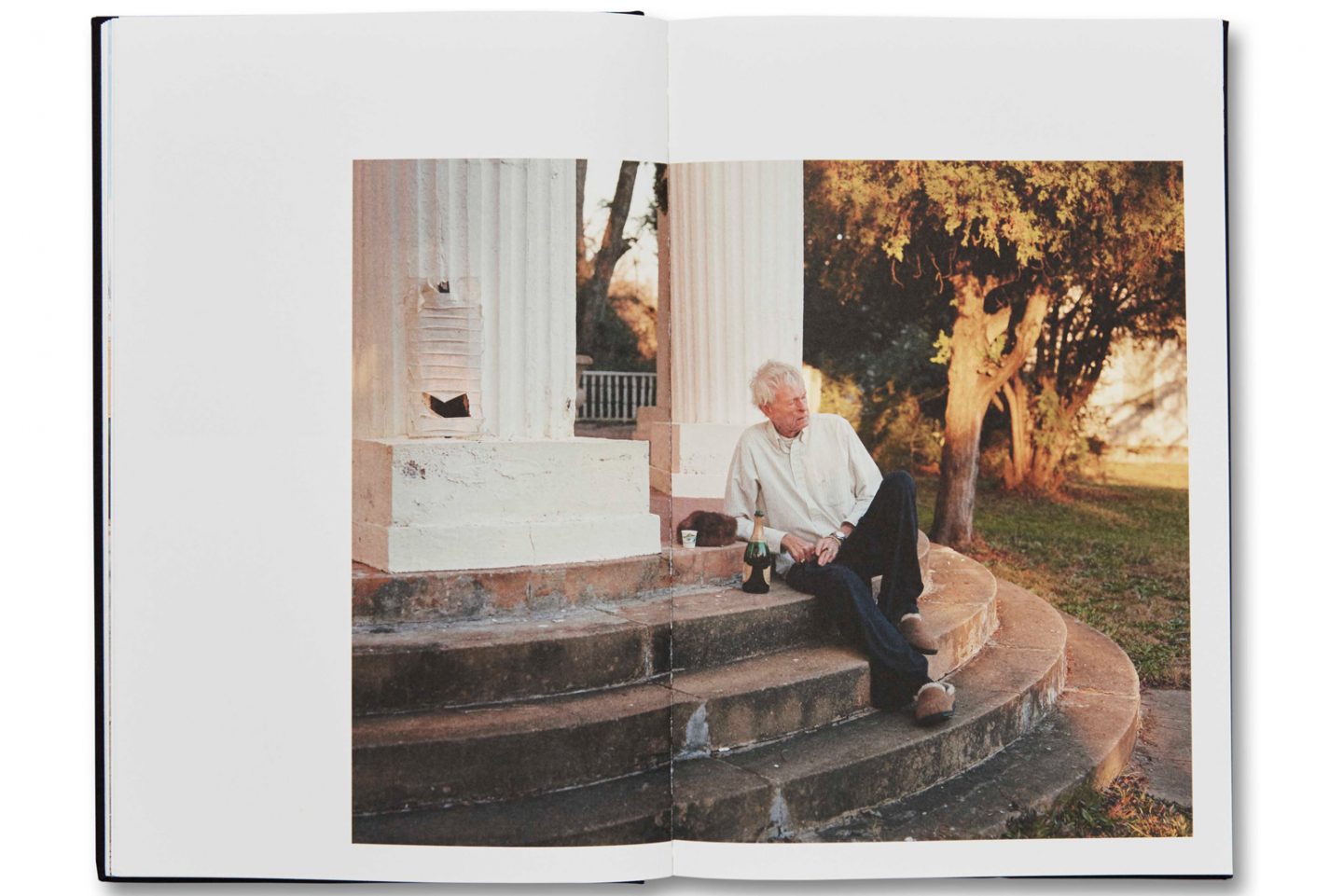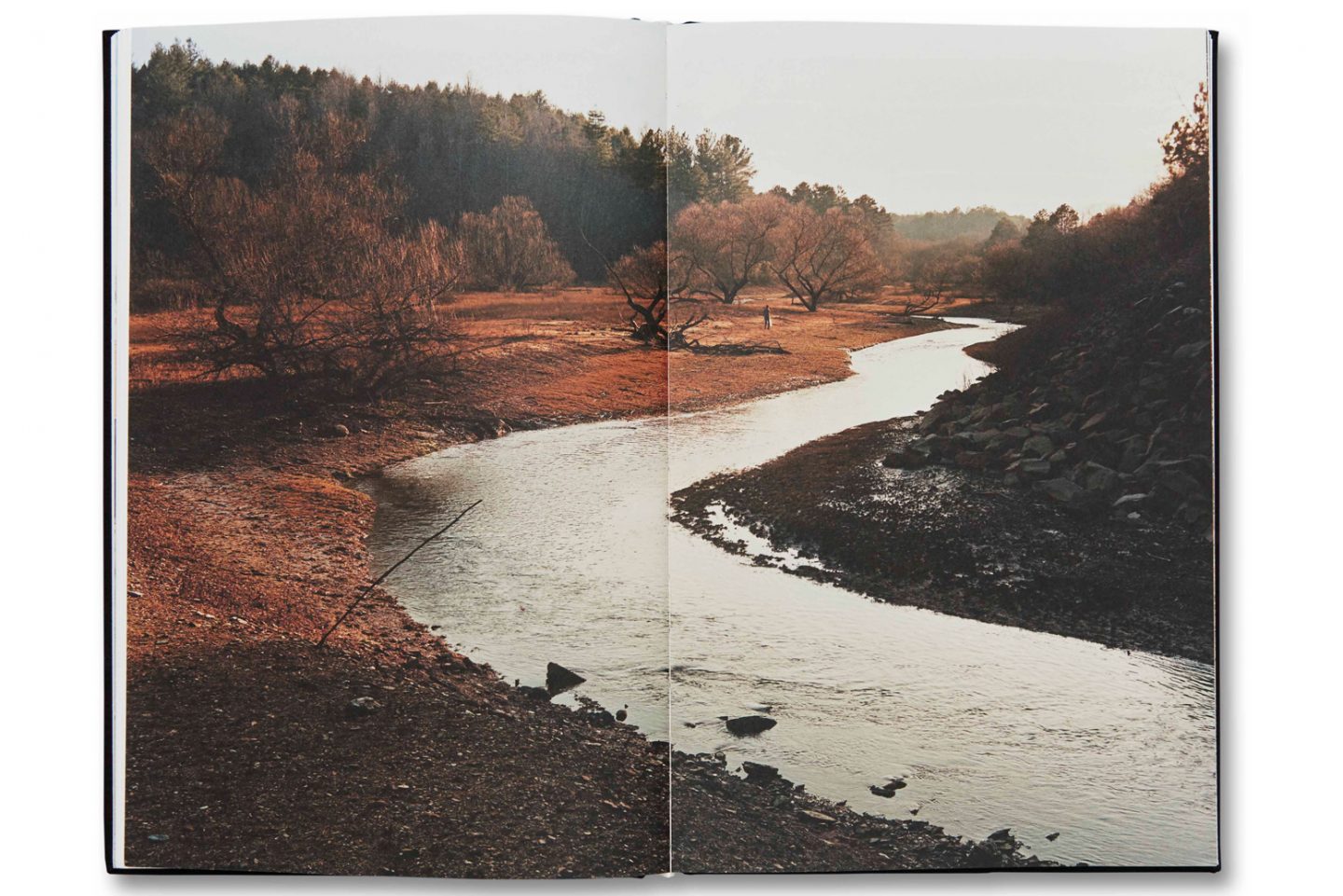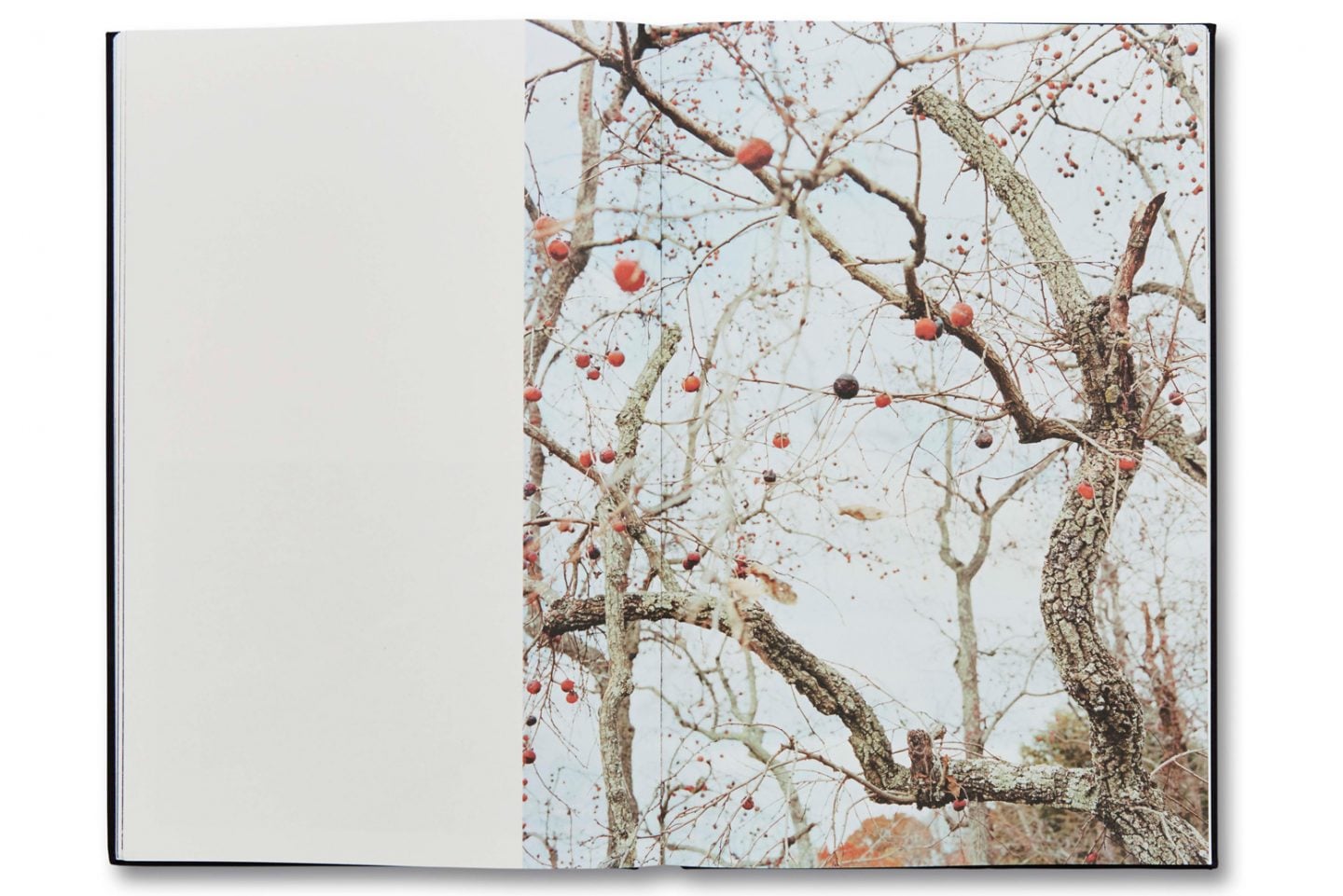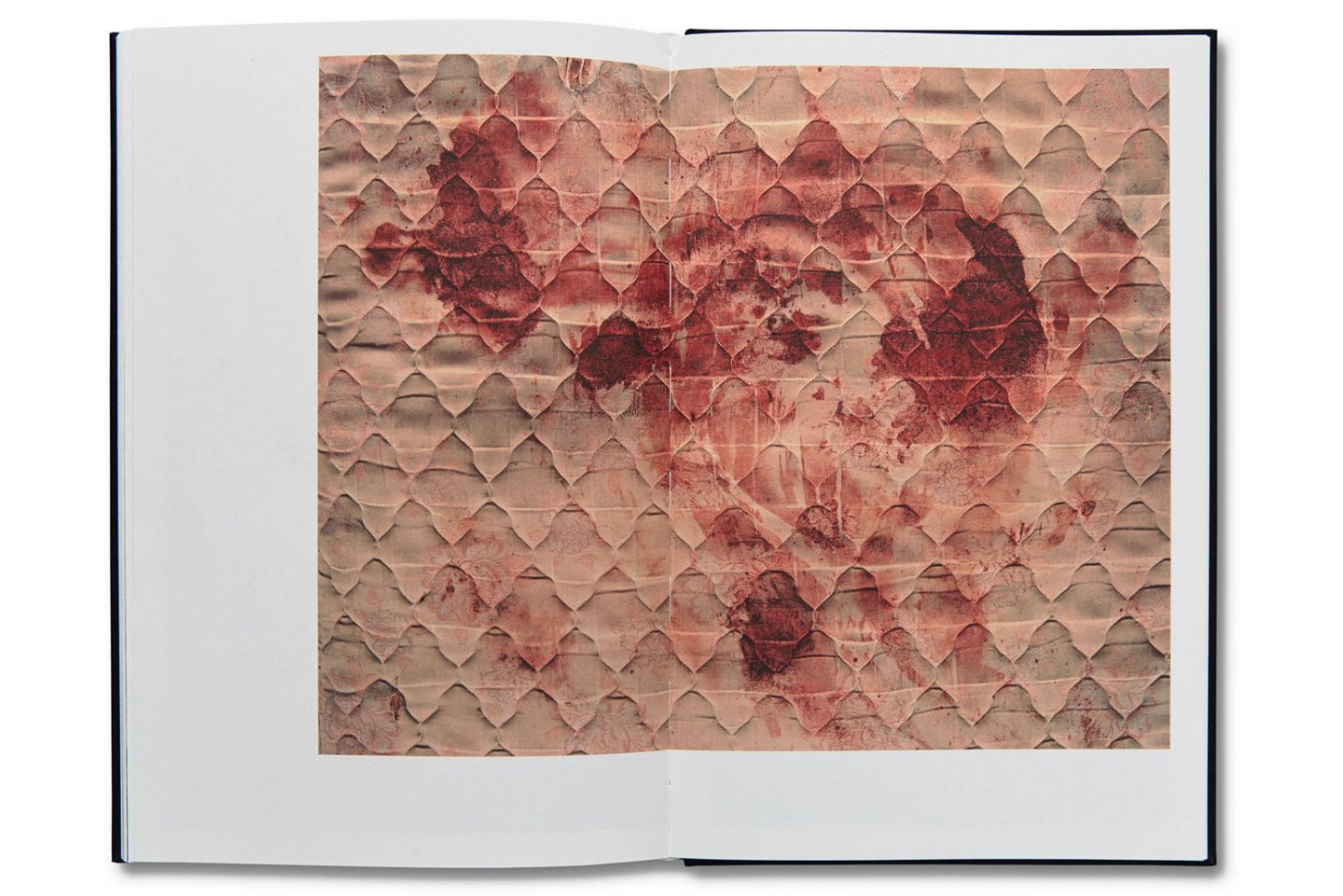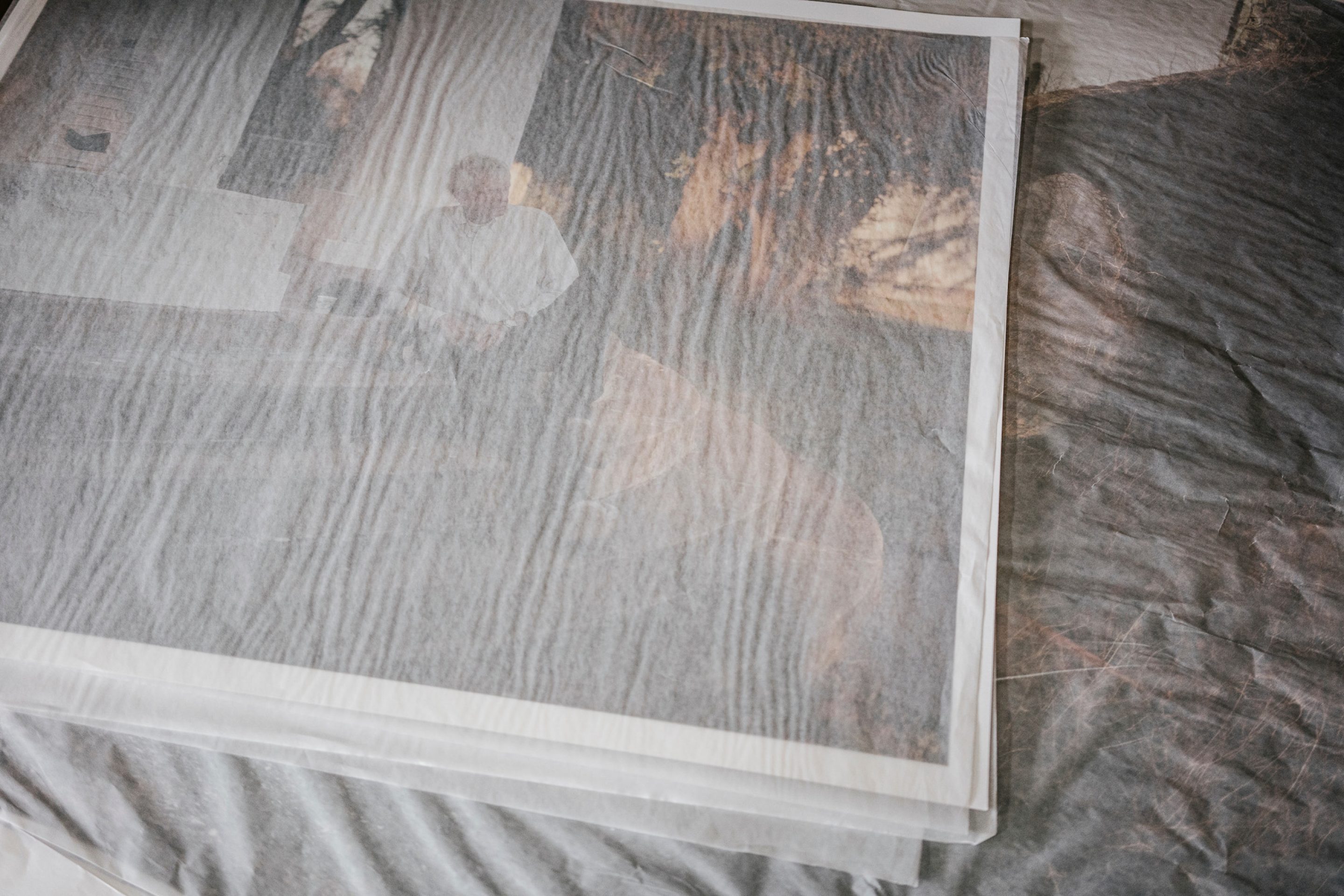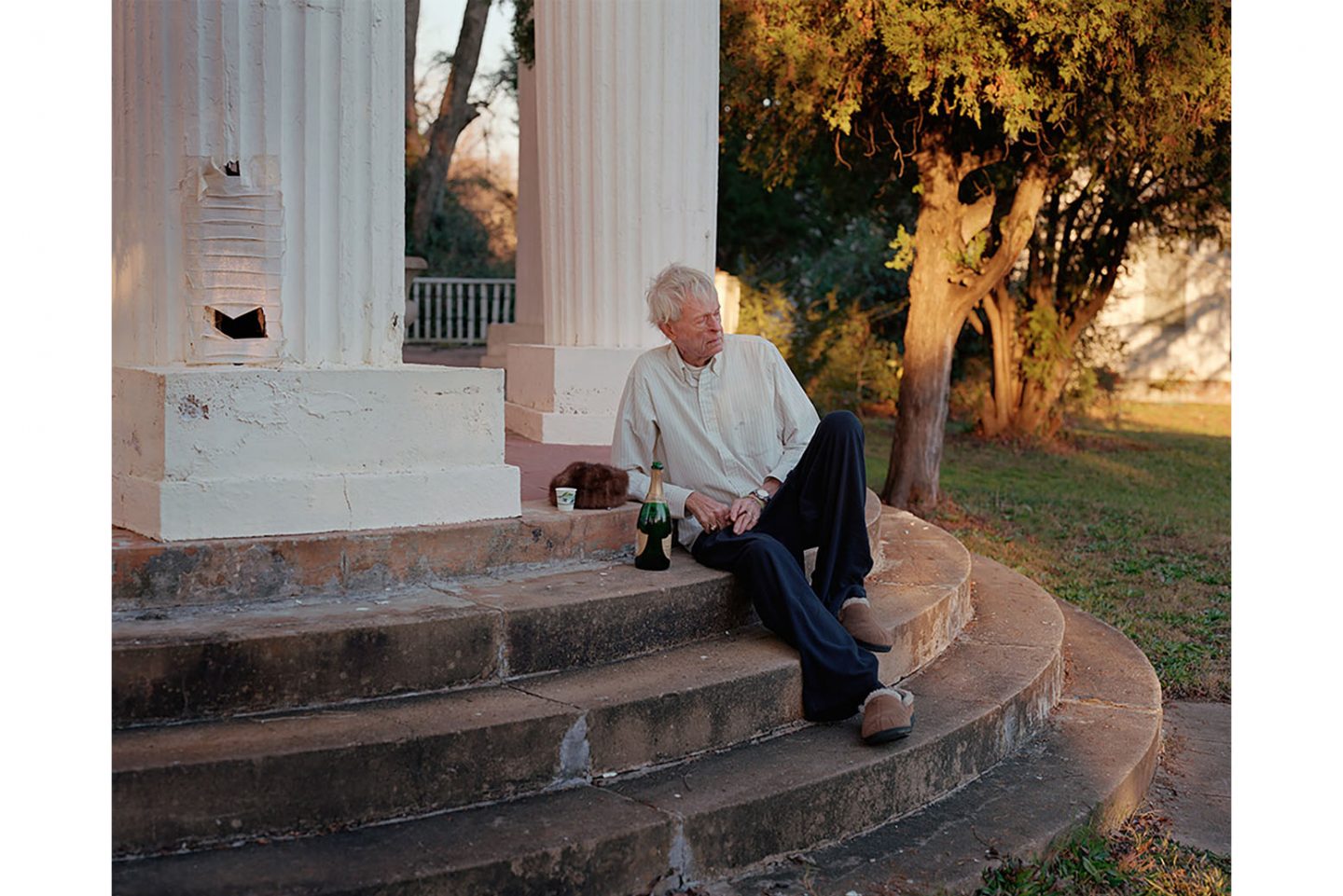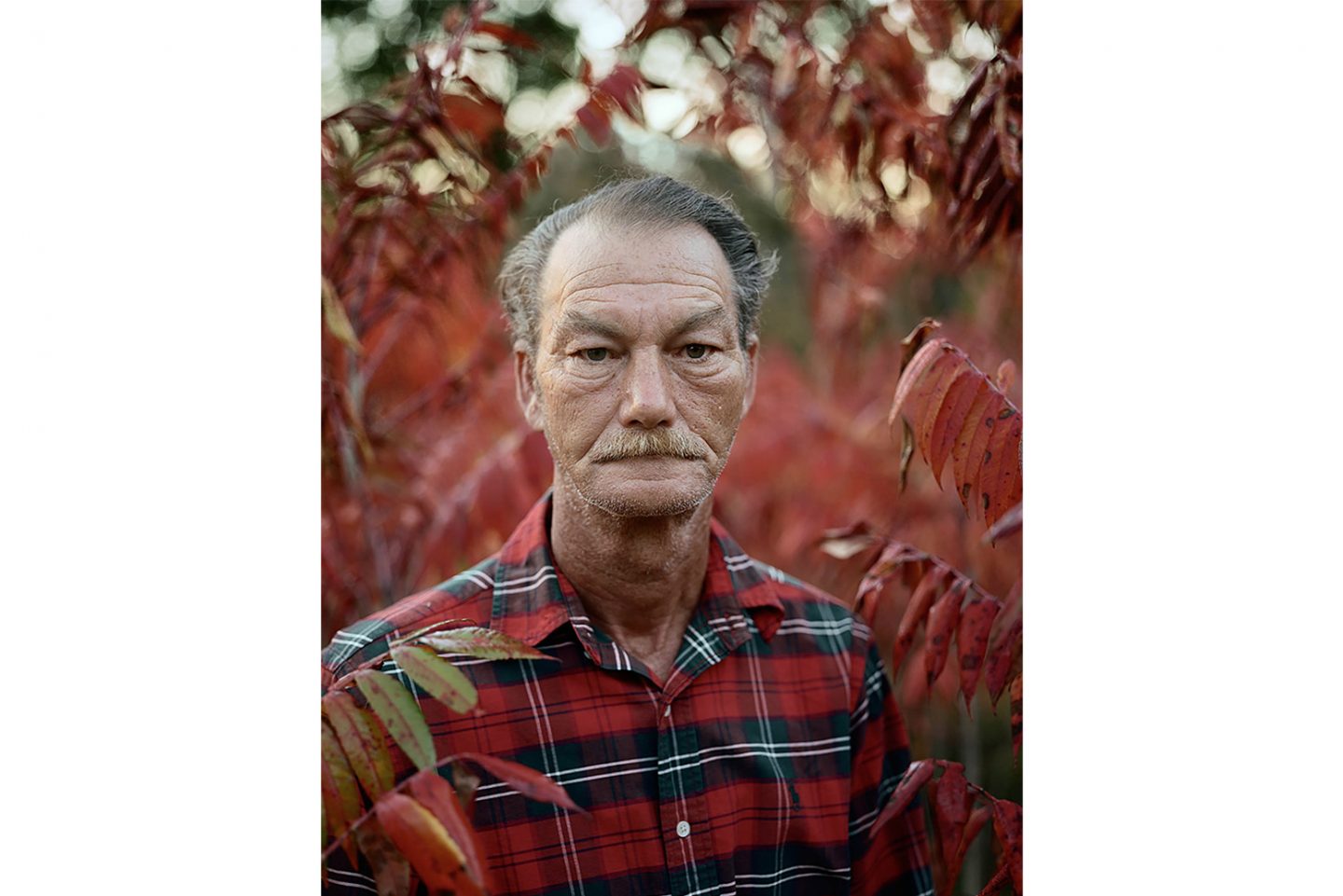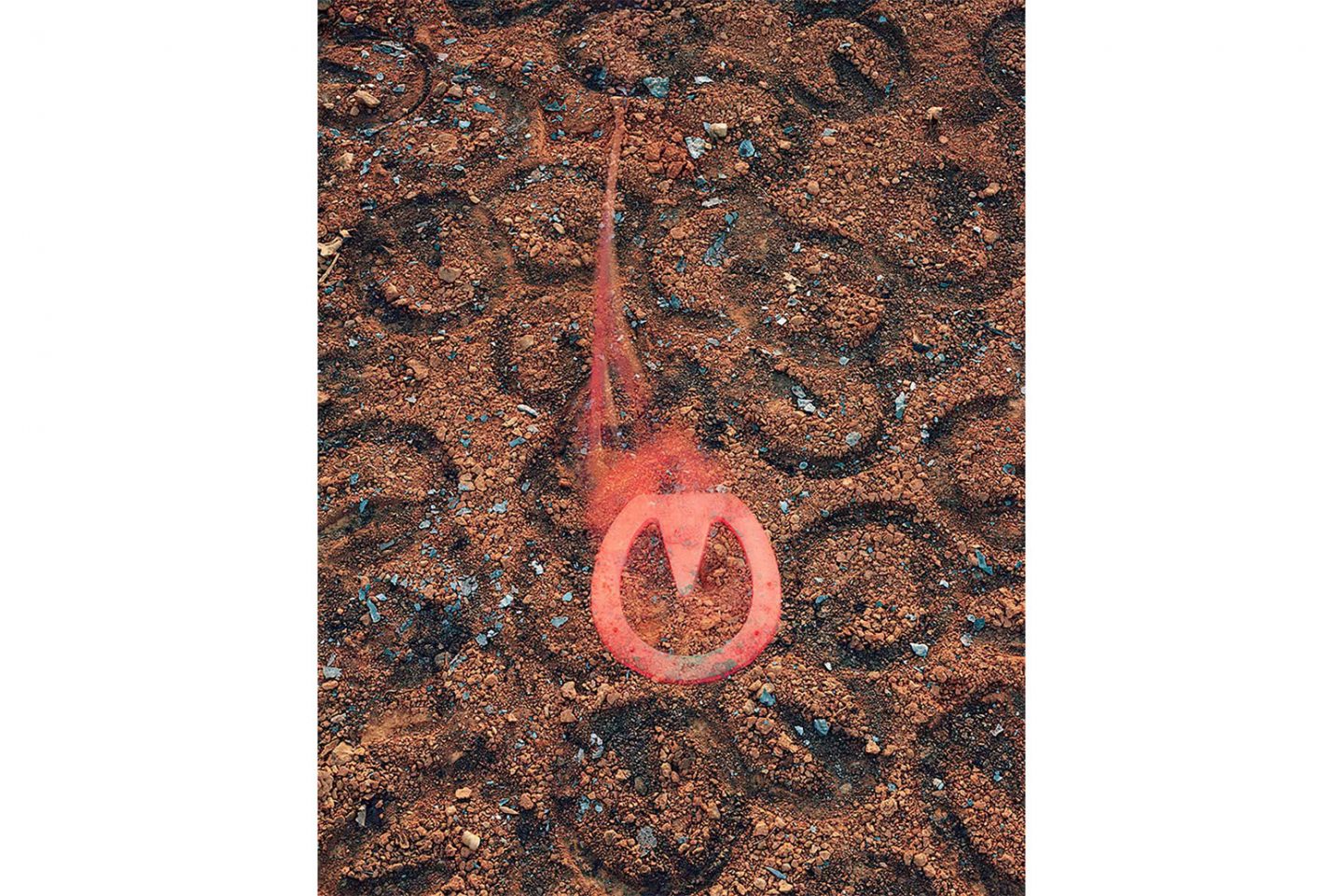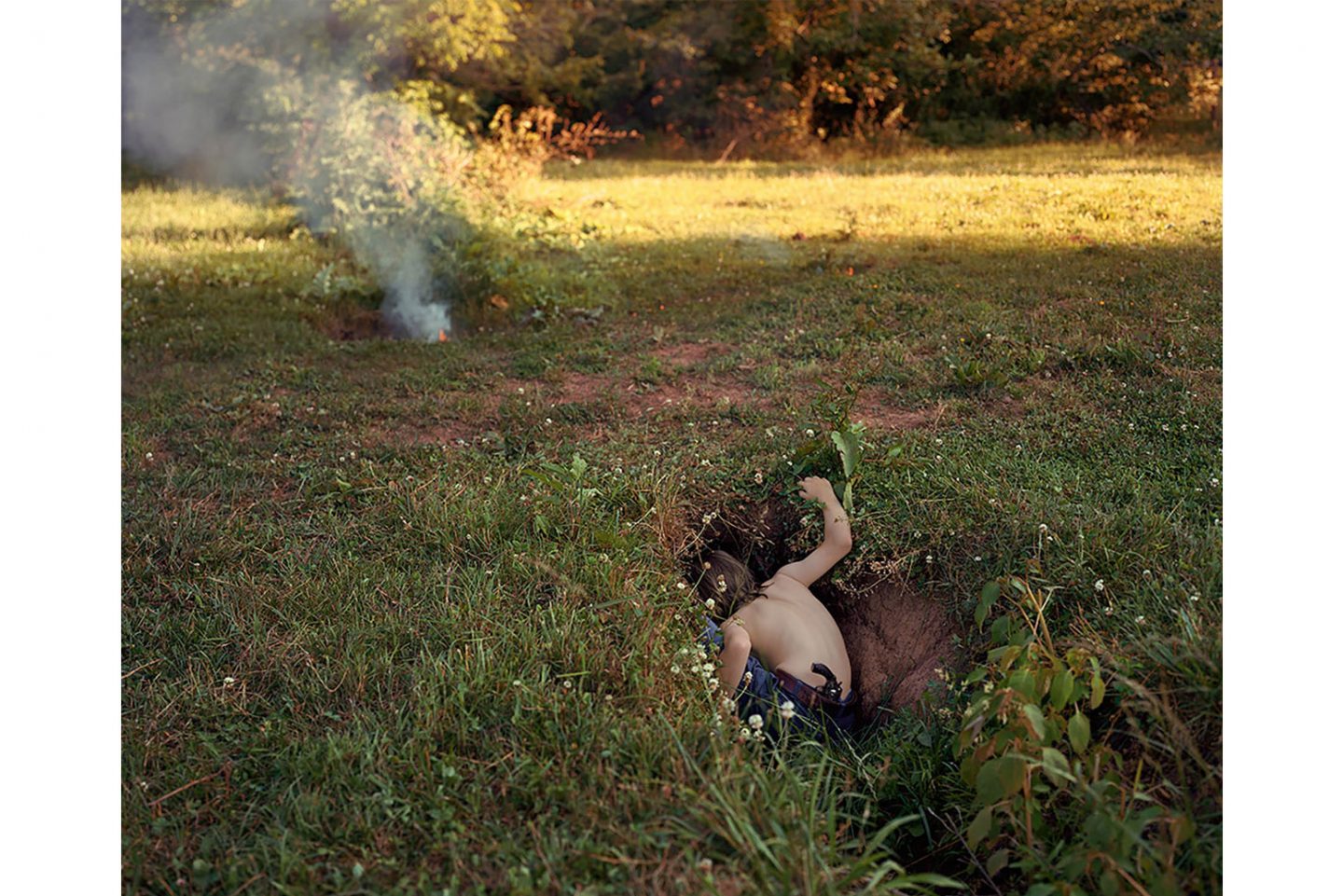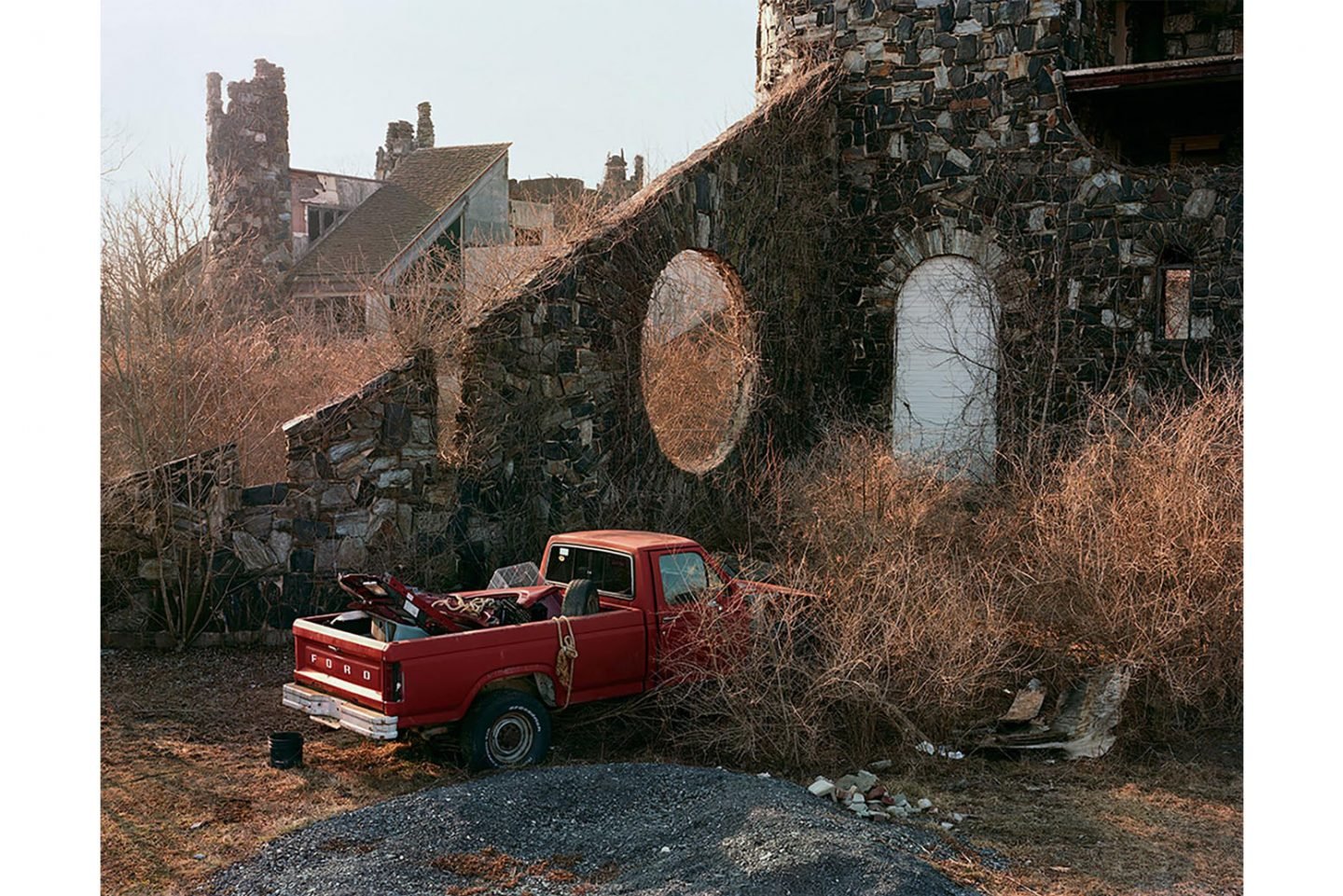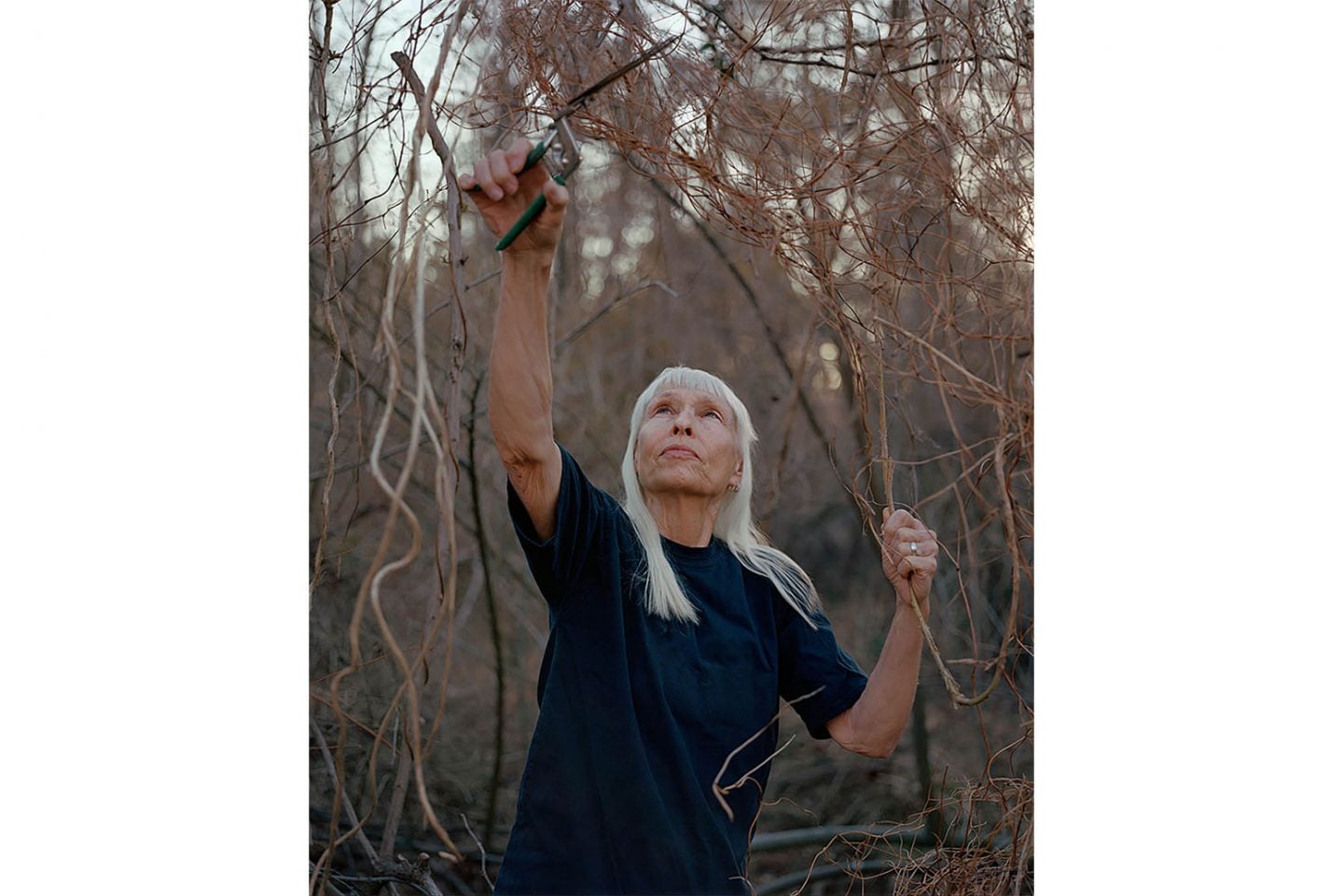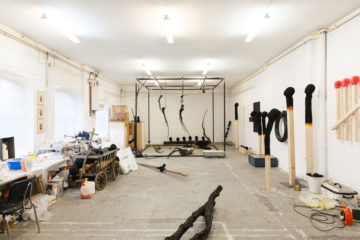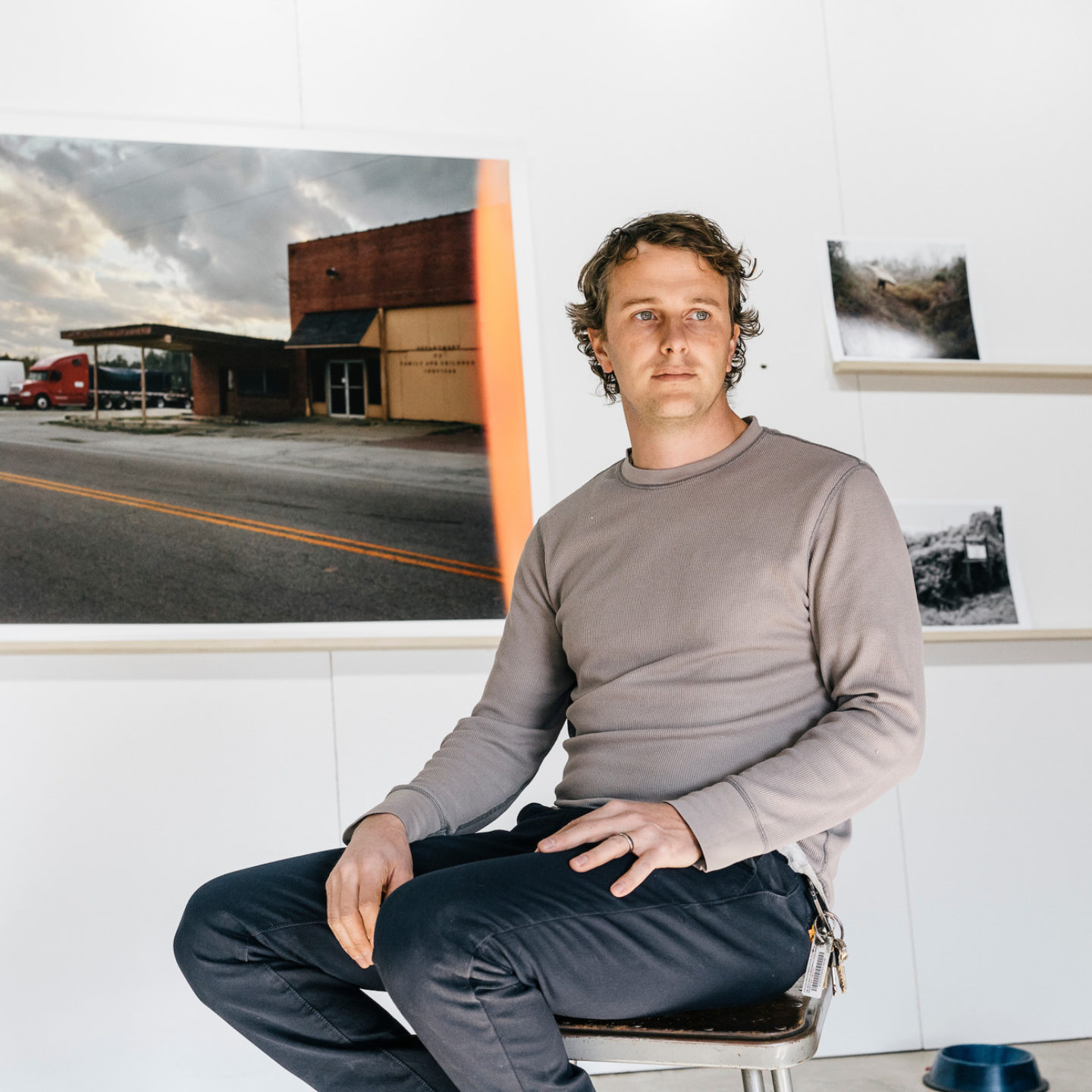
The Fact, Fiction And Finesse Of Morgan Ashcom
- Name
- Morgan Ashcom
- Project
- What the Living Carry
- Words
- Rosie Flanagan
Conversations with Morgan Ashcom flit thoughtfully from the writing of William Faulkner to 3D printing, concepts of time and the VHS skate recordings of his youth. The Virginian photographer certainly has a way with words, but as his stories echo around his studio — a former factory in Charlottesville — you slowly understand why their considered narrative arc suits photographic form best.
Morgan spent his childhood in Free Union, a tiny town in central Virginia that is bordered by the dense forest of the Appalachian mountains. Growing up, he and his brother were heavily into skating — a teenage activity that serendipitously led him to photography. “I sort of discovered photography, or still image, through the viewfinder of a video camera,” Morgan explains. “I found myself more and more interested in the ambiguity of the still image, the fact that you couldn’t tell if an action was being completed or just beginning.” On skate trips through Virginia, Morgan found himself enamored with the still frame of his video camera and the landscapes that he and his friends discovered through it. “Skating was an important thing for me because we’d always go searching for new places, and that was what really got me out of the rural countryside here in Virginia, going to small towns and large cities — always searching for environments that weren’t anything special to most people, but they held a unique importance for us,” he pauses. “I was always wondering what was around the corner, or behind that strange building. That kind of endless searching has really transferred to my photographic process.”
His view of the landscape seems essentially Virginian, and there is something about his photography that speaks to the experience of small-town life — whether that be Skatopia, the anarchist skate community that he photographed for his book Leviathan; or Hoys Fork, the fictional town from What the Living Carry, recently published by MACK. “There were certain towns and cities along the East Coast that I began to get more excited about because of the way that they felt and looked, and not because of what we would find there that would be useful for skating,” he explains. These experiences of the landscape came to form the basis of Morgan’s photographic work: “My interest started to shift, I wanted to be in one of those spaces where there was a lot of hills — steep hills — where it was almost as if the vistas and the views opened up to something else. That’s really what the geography here on the East Coast is, particularly as you move away from the coast and towards the Appalachian mountains.”

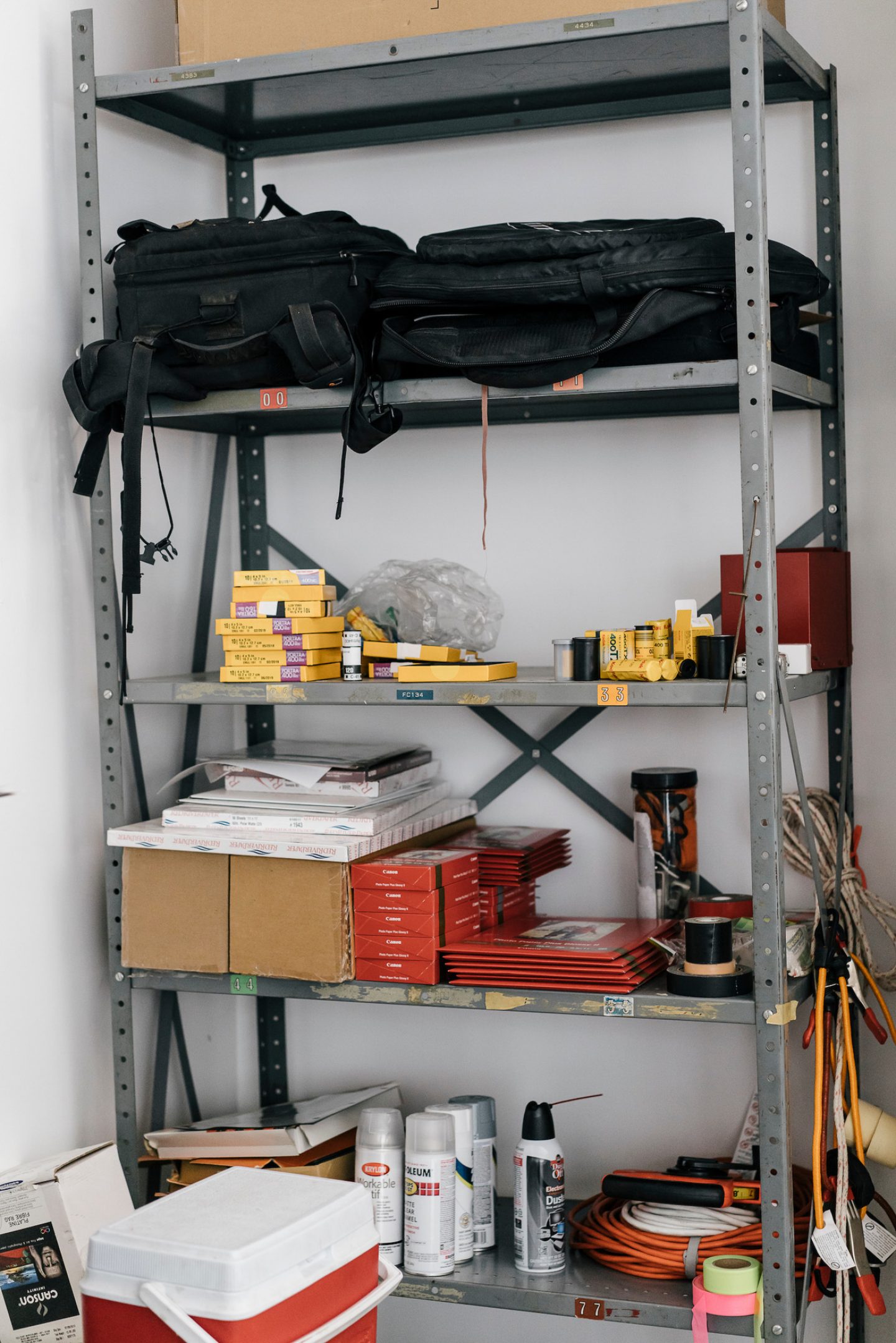
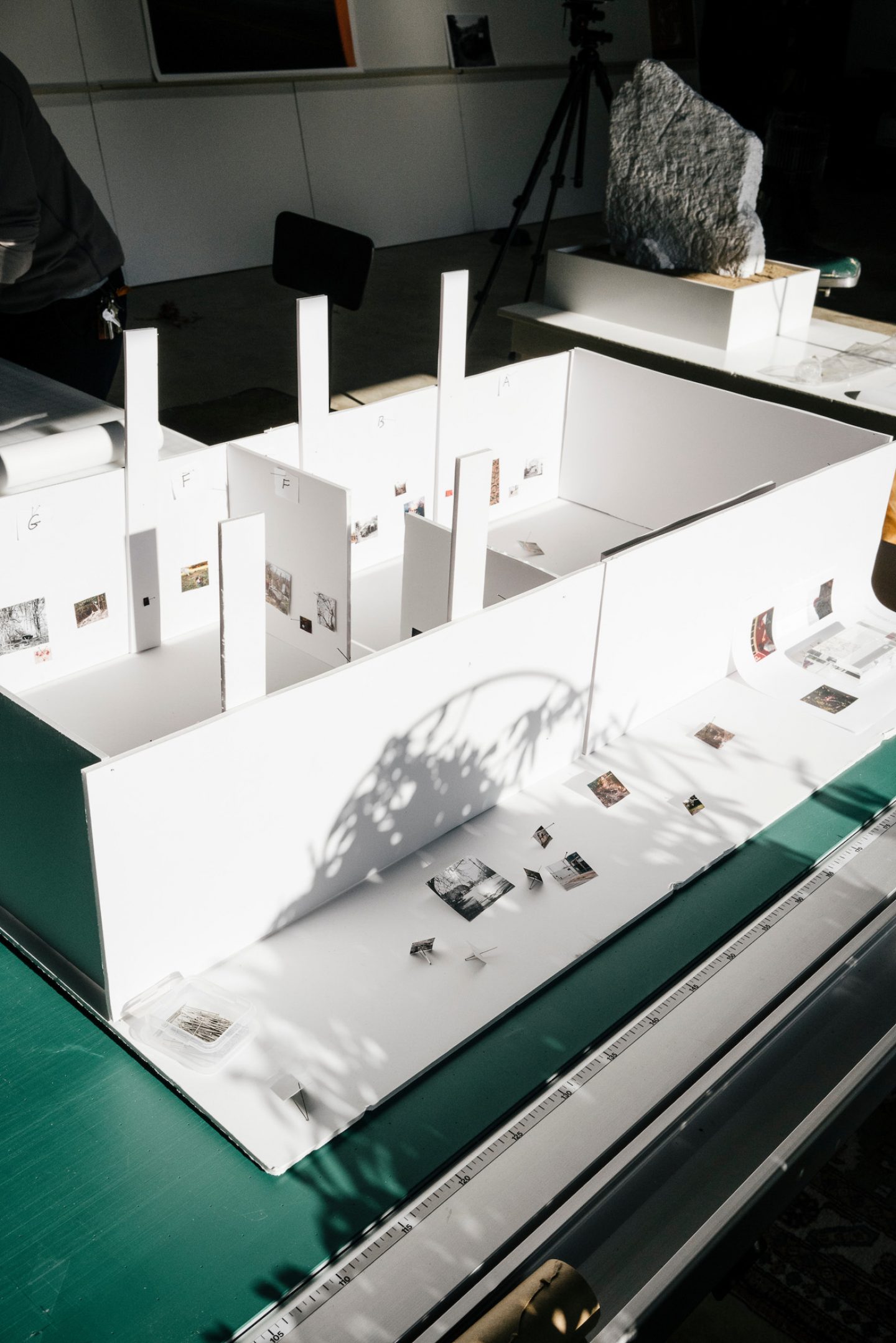
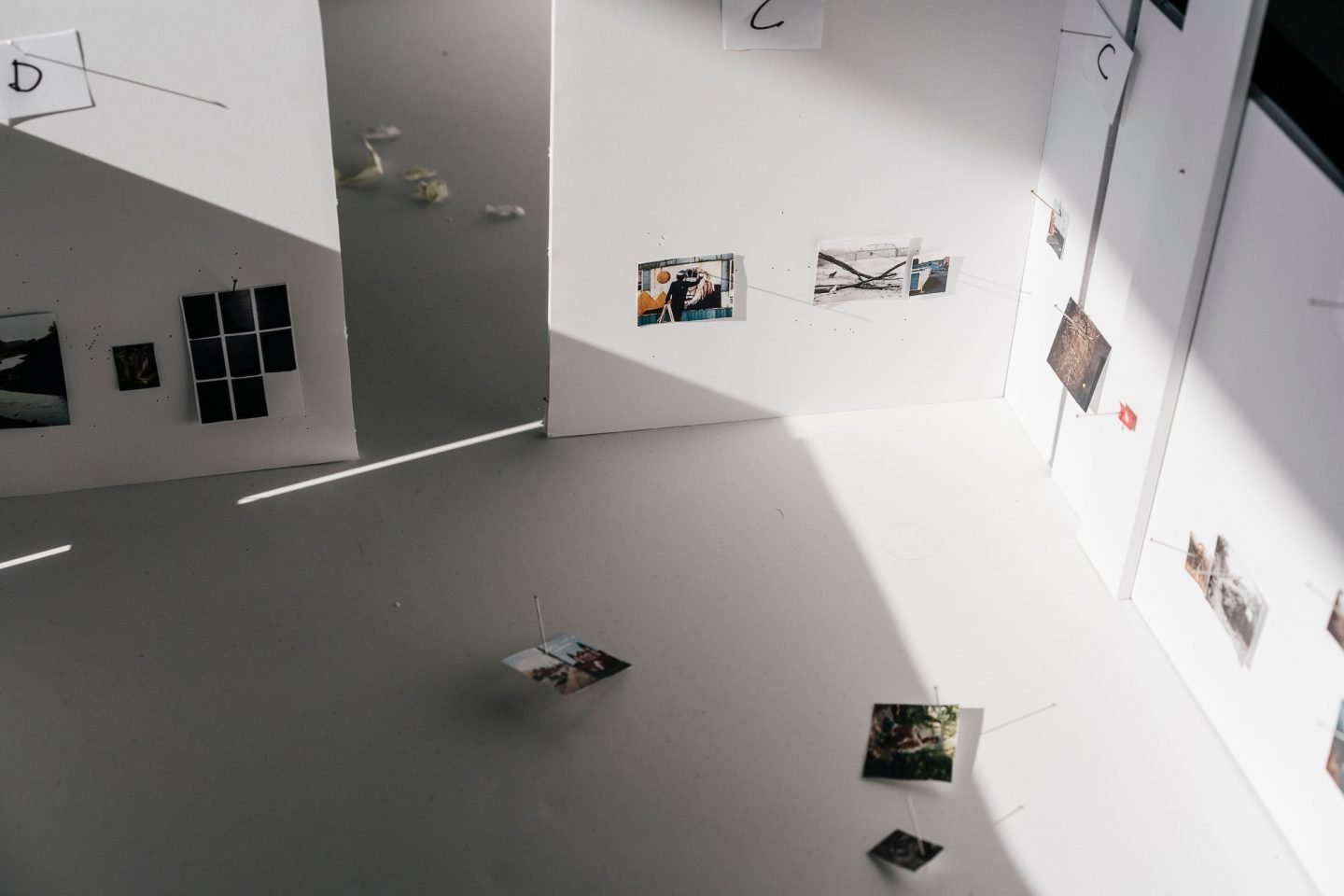
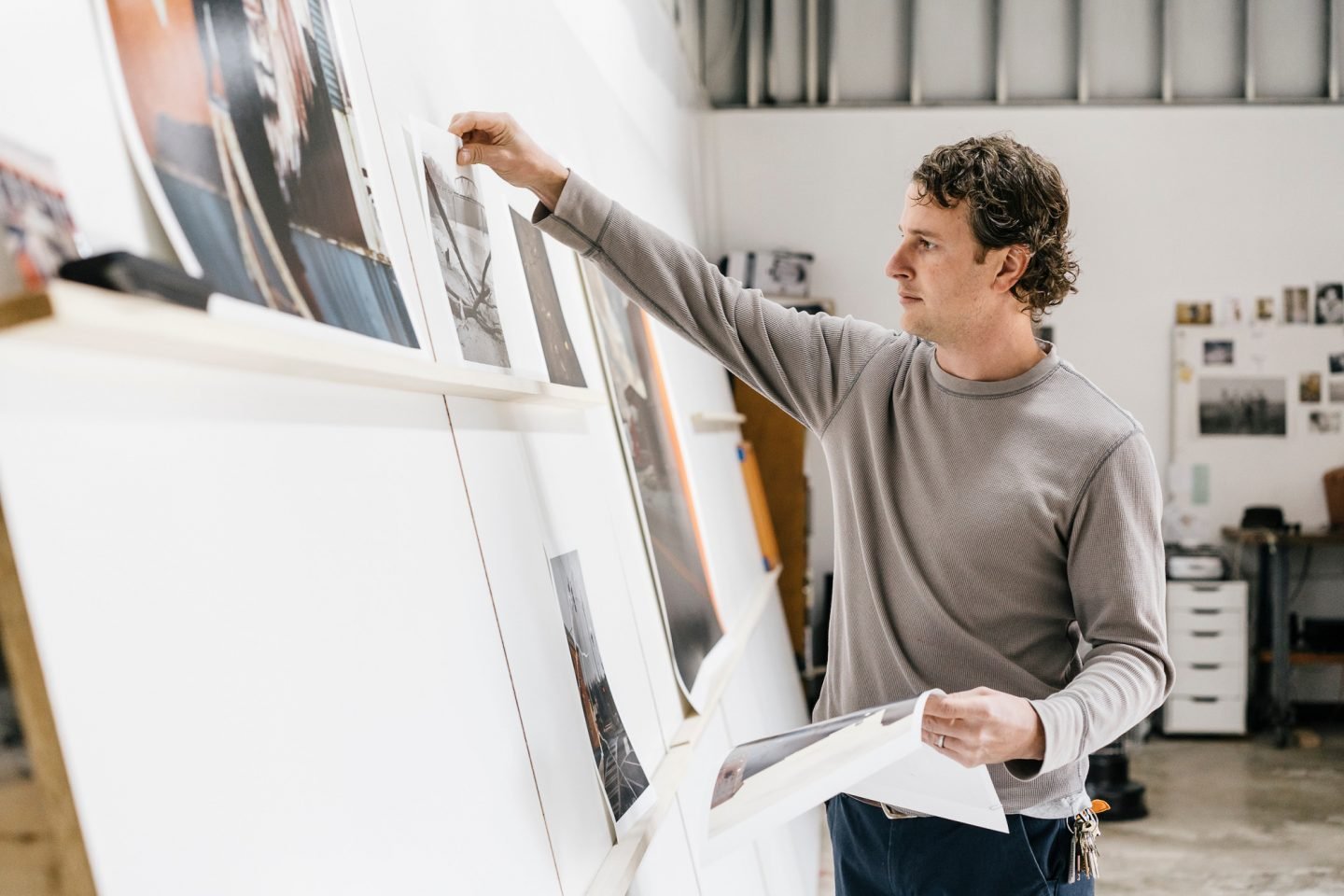

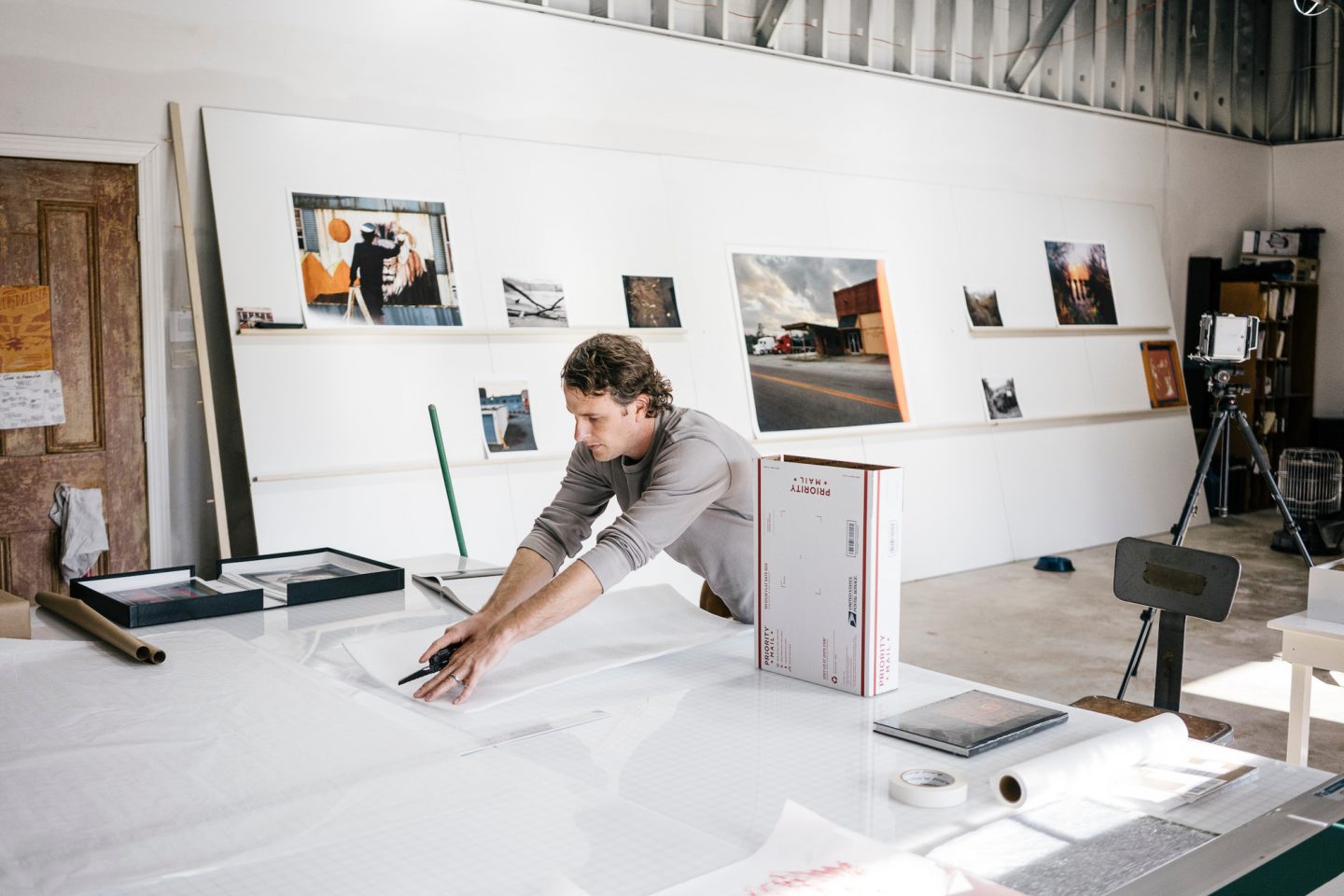
“As I got deeper into the project, I came to understand how the unruly past asserts itself in my work. It's like that beautifully stubborn text on Hoys' grave — it has certain terms on how it reveals itself.”
What the Living Carry can be traced back to these early explorations of the Virginian landscape. Set in an invented town in the American South, the narrative is told through photographs that Morgan took revisiting places from his youth. The story it tells wasn’t planned, but rather revealed itself over five years. From as far north as Rochester, New York, to as far south as Southern Georgia, Morgan traveled the East Coast of America without a destination in mind — stopping to photograph what he saw, and allowing the images that resulted to follow their own narrative bend. “I began shooting exclusively in the woods for the first two years that I worked on this project,” Morgan explains. “The idea of the town came shortly after I began shooting outside the forest.” This town was an amalgamation of the many that he had passed through, one that Morgan described as being much like any other: “I started to imagine a town that was like many towns in the United States that haven’t been totally homogenized by corporations or a Walmart type strip mall.” He named it Hoys Fork, and it became the setting of What the Living Carry.
This town, like many parts of What the Living Carry, is part-fact, part-fiction — its name drawn from a place not far from Morgan’s old family home. “The name of Hoys Fork came from this grave that was in the woods around the farm where I grew up,” Morgan explains, describing the unmarked graveyard as a small cluster of large rough stones that stand as headstones for those who lie beneath them. “There’s only one grave that has writing that’s still legible on it” he continues, walking to show us the 3D print he made of it, the text faintly reads Jo Hoy. “I just had this sense that it [the gravestone] could belong the old patriarch of the town I was creating. Over the years I’ve tried to make rubbings from it and the text never comes off because the rock is so rough. You can see it, but it will never come out. I’ve tried charcoal, I’ve tried wax, I’ve tried all of these things, and nothing works.” Morgan’s interest in the past, and particularly how histories that have weathered and changed over the time, seems evident in his work: “Faulkner famously said that ‘The past is never dead. It’s not even past’. As I got deeper into the project, I came to understand how the unruly past asserts itself in my work. It’s like that beautifully stubborn text on Hoys’ grave — it has certain terms on how it reveals itself.”

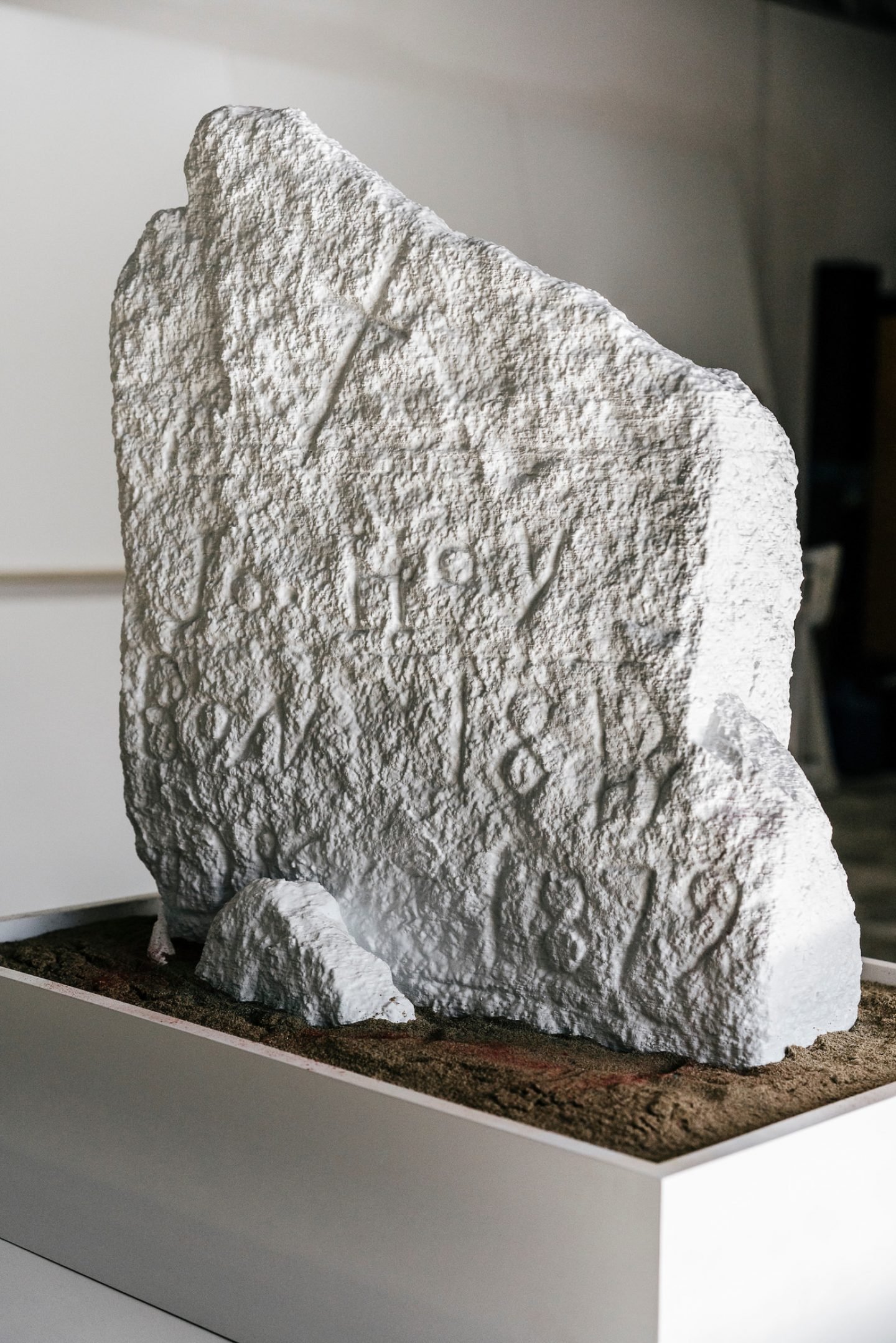
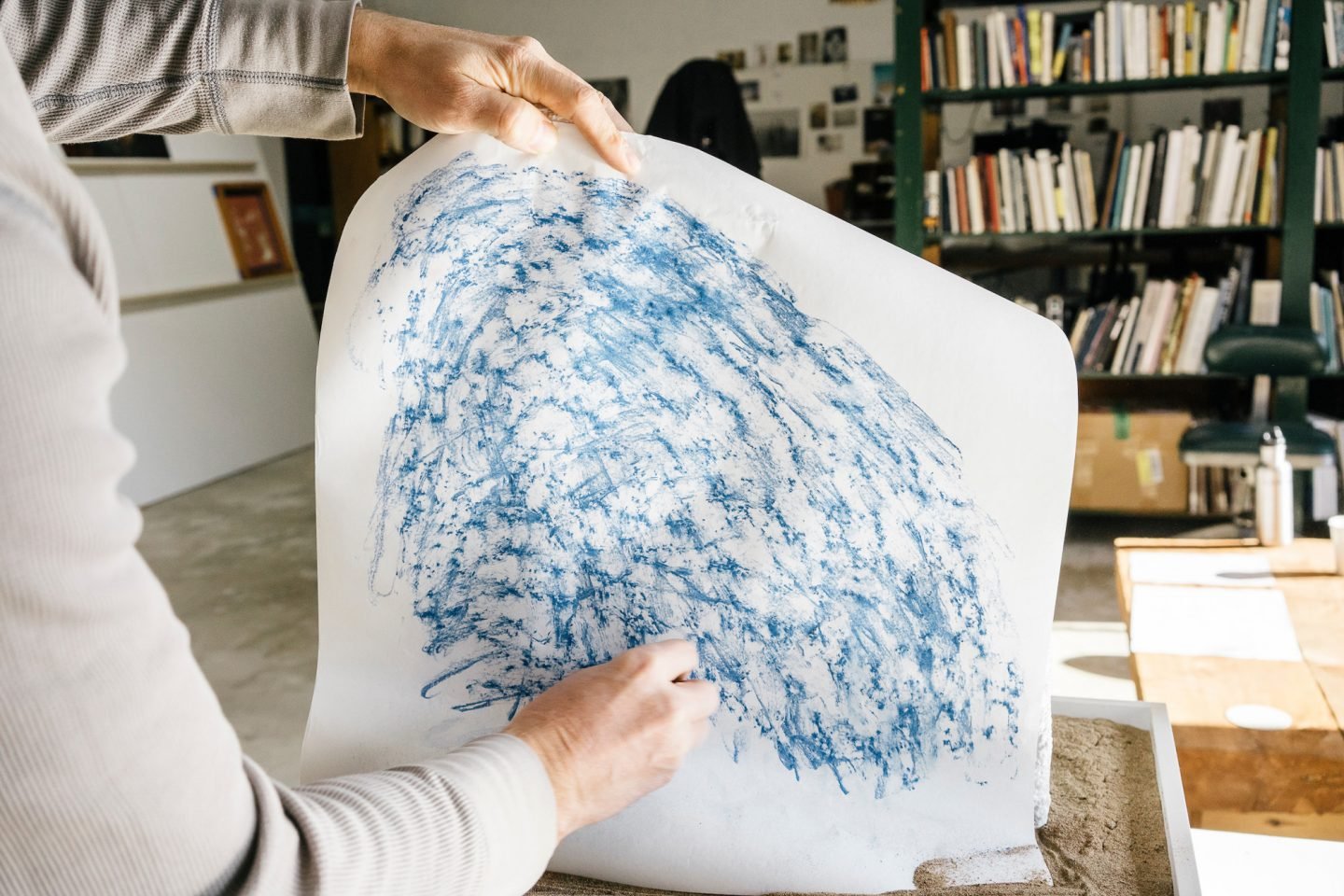
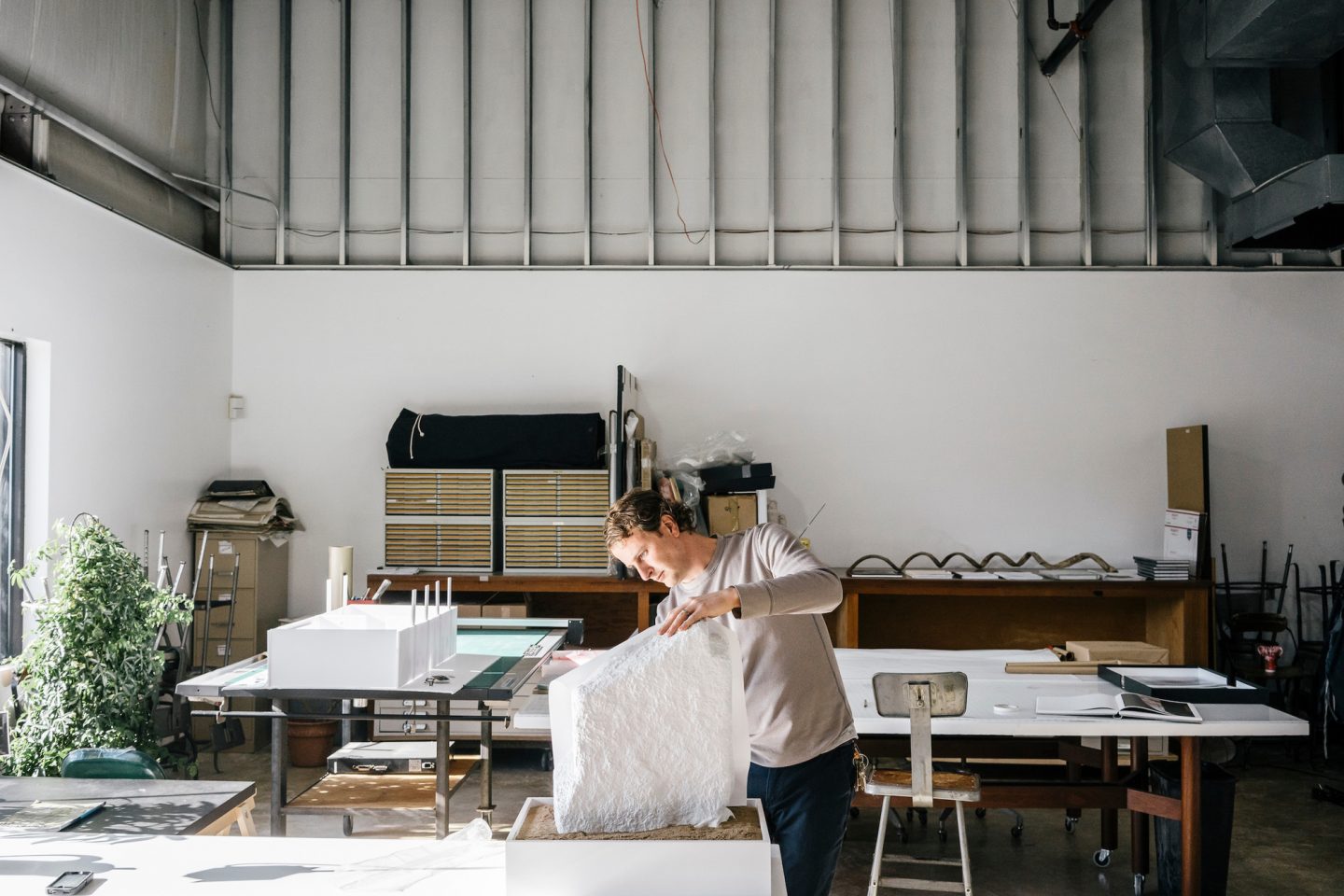
In light of such a comment, it is interesting that What the Living Carry recounts the story of a man named Morgan who is trying to decipher his own past. The photographic narrative of the book is offset by loose-leaf typewritten pages that document his request for DNA Analysis. Penned by Eugene from the Center for Epigenetics and Wellness of the Spirit, these responses to Morgan’s request are amusingly chaotic: “A few days after you left the Fork I began studying the results of your DNA test,” Eugene writes, “I hope you will forgive my delay, but it took a week or so to see why nothing matched up. More specifically, you are not a Schipperke from Belgium. Your hair sample was swapped with the Honorable Kasim Reed-aka Toots. He is my service dog.” These letters appear throughout the book, along with a hand-drawn map of Hoys Fork that Eugene created for Morgan. For the curious, a quick google will bring up the website listed on the letterhead of the Center for Epigenetics and Wellness of the Spirit. It’s real — or so the Internet says. Eugene’s email address also appears to be in full working order (should you require a DNA test or some light comic relief).
“These places are a kind of canvas for the subconscious, where things play out that are connected to the folklore that creates the identity of a place.”
What the Living Carry takes us through a forest on a path that weaves through fields, past bloodied mattresses and a slippered man, bookended by white columns, sipping champagne. “These places are a kind of canvas for the subconscious,” Morgan explains, “where things play out that are connected to the folklore that creates the identity of a place. In the story, I was almost imagining that I was on the front porch of a house in some town, and I was listening to the same group of people over multiple nights tell the story about what makes that town a thing, what gives it its characteristics and identity — and that could be anything, from the daily news to a larger arc in the story of the town, maybe a patriarch or a matriarch, anything that was really important to the identity and the mythology of the place.” And as the discussion moves to small-town folklore, Morgan’s history begins to blend with the fictions that he references.
Images © What the Living Carry (2017) by Morgan Ashcom
Conversation with Morgan is punctuated with anecdotes on place and belonging; It is immediately obvious that a love of stories runs in the Ashcom family. As a child his father worked the horses of famed American writer, William Faulkner; in later years a character that bore an uncanny resemblance to Morgan’s father appeared in Faulkner’s Pulitzer-winning novel, The Reivers. “Inspirations are cloudy, not so direct,” says Morgan, “and yet we still have this coincidence.” This coincidence became something of a catalyst for Morgan’s own photographic experiments that merged reality and fiction. “The Reivers is a road-trip story about this twelve-year-old kid that gets taken to Memphis,” Morgan explains, “and to get out of this situation that they find themselves in they have to run a horse in an illegal horserace — and the twelve-year-old boy is the one to ride the horse. The story from my family has always been that aspects of my father were sort of absorbed into this character. So I was always fascinated by this idea of the real world being absorbed into an artwork.”
“I almost think that I have learned more about the world through literature than I have by living in it.”
So then, how much of Morgan’s real world exists in What the Living Carry? The title itself points to a finessing of fact and fiction, drawn from Cormac McCarthy’s semi-autobiographical Suttree, a novel that is both amusingly intelligent and achingly sad. “I appreciate McCarthy’s writing because of the way he elevates beauty,” Morgan explains.“On the surface, his stories seem quite dark, but once I get beyond that there is so much beauty there. I appreciate that beauty because he makes me work hard for it.” The influence of McCarthy seems evident in this mysterious story of a strange friendship and a desolate town: Eugene’s dry wit jostles the reader into laughter while Hoys Fork smolders with a post-apocalyptic glow. “I almost think that I have learned more about the world through literature than I have by living in it,” he explains. “What the Living Carry is really borrowing its shape and its form from literature. This idea of a narrative read is embedded in us, and it is, I think, the place where the experience of the work are most purely felt. To me, the book is the primary idea, the end state — and it is because of that connection I have to literature.”


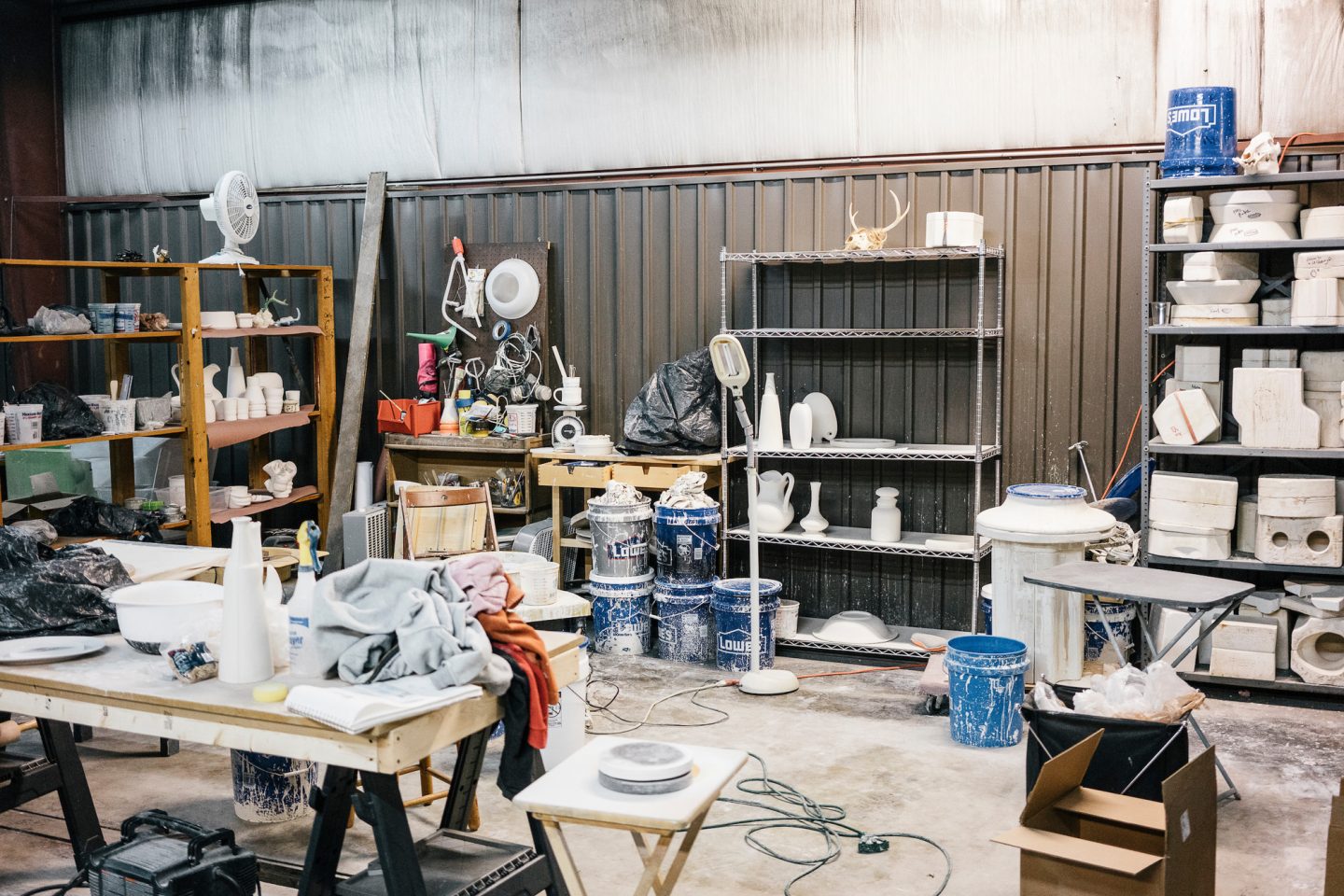
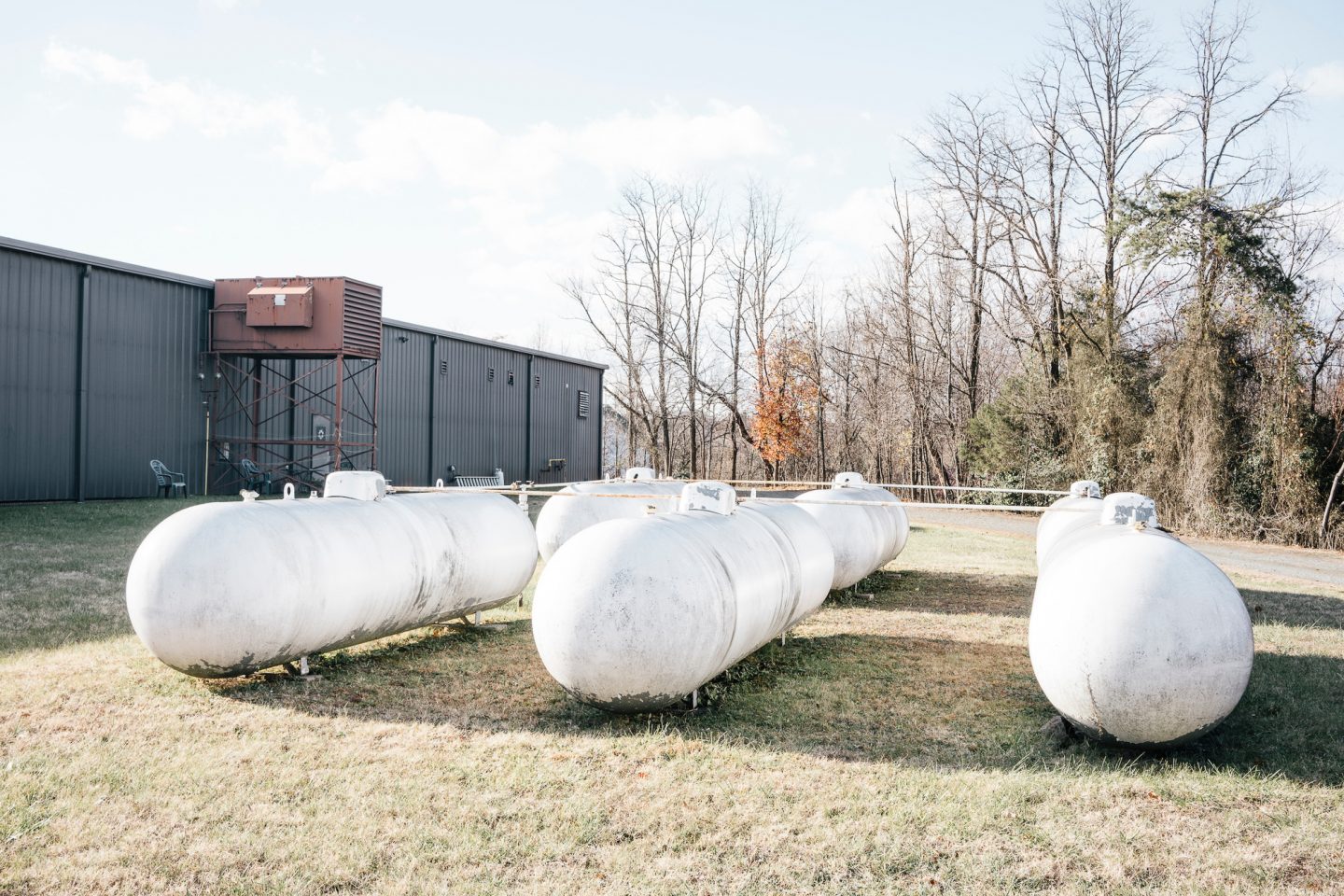
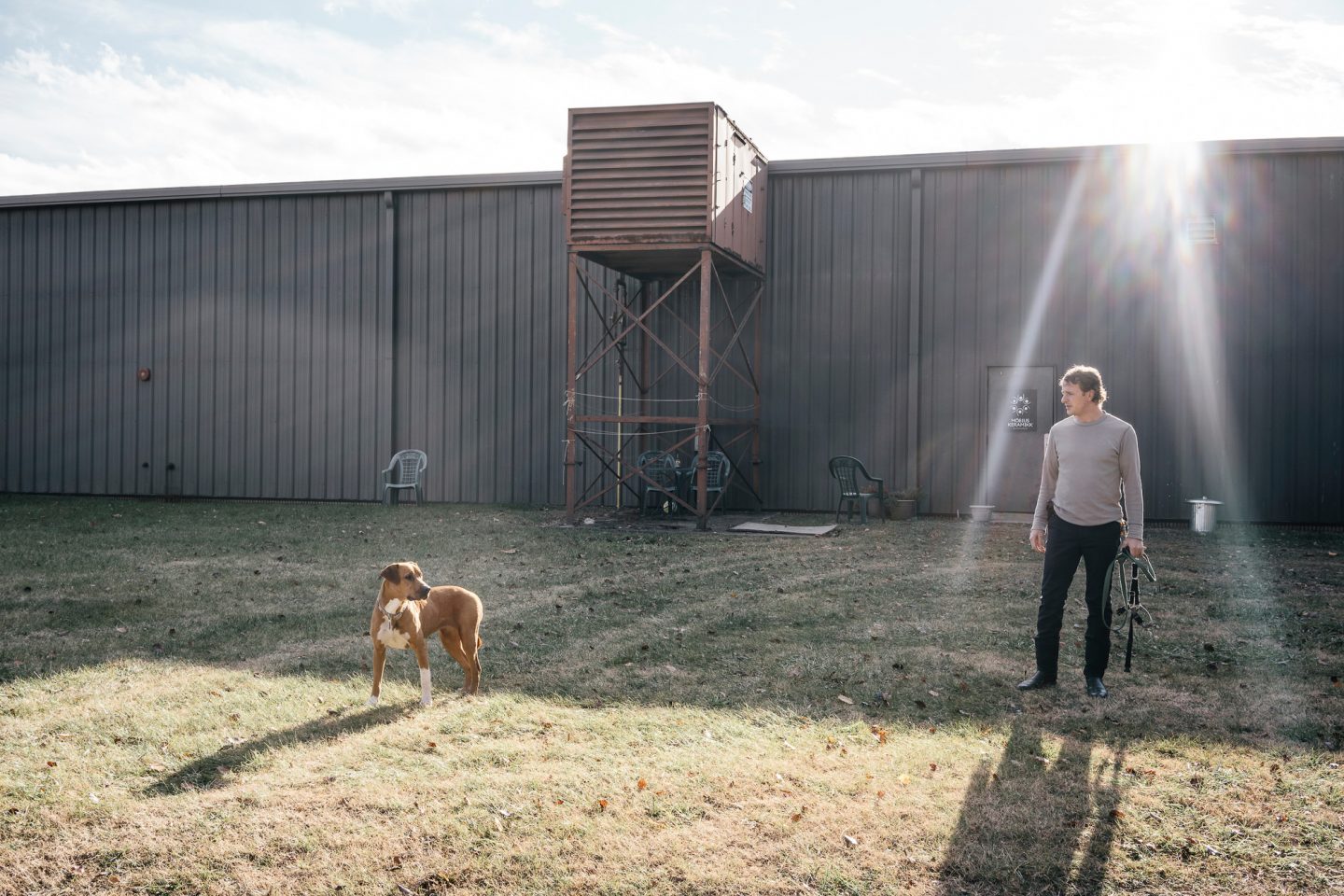
All images from the studio visit © Greg Kahn for iGNANT Production
